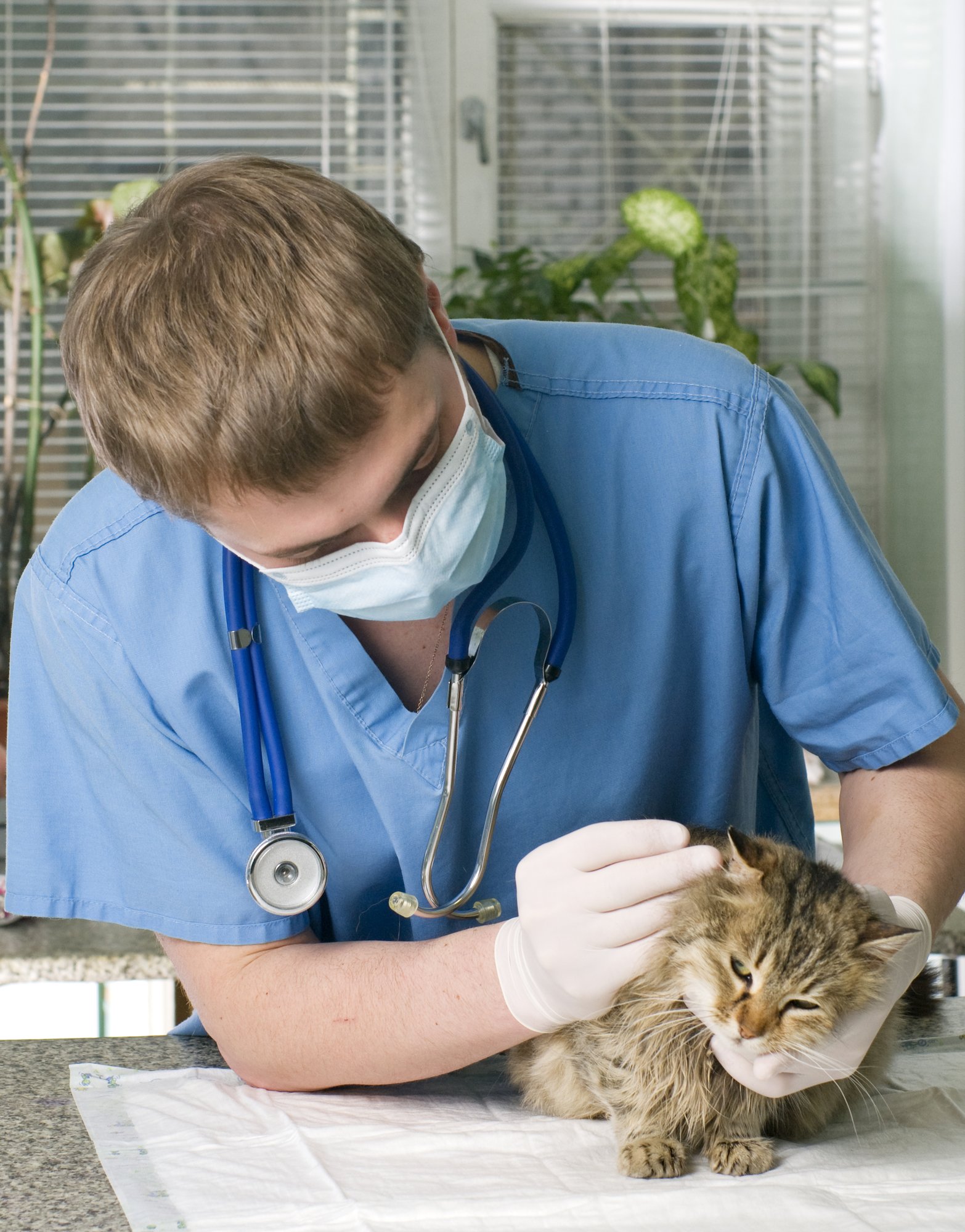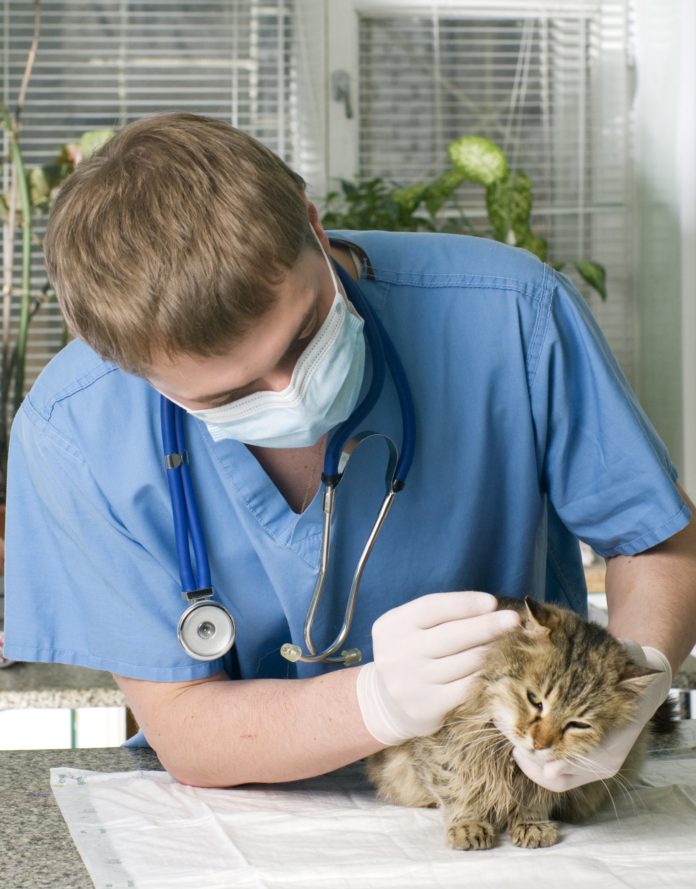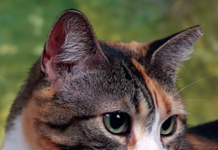Emergency clinics and urgent-care after hours at regular veterinary clinics are on the rise for good reason: They save lives. But they are more expensive, and they don’t take appointments, which sometimes means a long wait. In March, we talked about common symptoms of serious illness in cats and when they warrant a veterinary emergency. In this issue, we discuss common metabolic and systemic diseases and when they constitute an emergency.

Respiratory Distress
Being able to see your cat breathe from across the room is often cause for concern. A normal respiratory rate for a cat is 12 to 36 breaths per minute. Anything faster or labored is a problem.
Asthma is frequently seen in young to middle-aged cats. Symptoms include a history of coughing and acute onset of difficulty breathing. The coughing may be misconstrued as hacking up a hairball, so the early clinical signs are often missed. An asthma attack, as in humans, can come on quickly. Your cat may exhibit open-mouthed breathing, heaving sides, and distress. This is an emergency.
If your veterinarian suspects an asthma attack, the first steps in treatment are usually sedation and oxygen therapy. Treatment approaches vary, but may include bronchodilators that are inhaled or injected, steroids to decrease inflammation, and hospitalization for monitoring and oxygen therapy.
Heart Failure
Heart failure symptoms usually include an elevated respiratory rate and effort, lethargy, decreased appetite, and exercise intolerance. Unlike in dogs, cats with heart disease very rarely cough. Heart failure can occur in any age cat. The most common heart disease in cats is hypertrophic cardiomyopathy, characterized by abnormal thickening of the heart muscle.
Initial treatment involves the use of diuretics to encourage urination and decrease the fluid-overloaded heart, provision of an oxygen-enriched environment, and in some cases, the use of other drugs to dilate blood vessels and/or improve the contractility of the heart.
A cat in respiratory distress should be seen by the veterinarian immediately. Cats in respiratory distress can decompensate rapidly and must be handled gently and with minimal stress.
It can be difficult to distinguish heart failure from asthma on a physical exam. Your veterinarian will use clues like presence of a heart murmur, age, previous symptoms, and body temperature to determine the most likely cause and usually will start treatment before attempting to obtain x-rays and/or an echocardiogram. These diagnostic tests can be detrimental to a cat in respiratory distress, so they are not usually attempted until the cat is calm and stabilized.
Blood Clot
Feline aortic thromboembolism, aka “blood clots” that form in the heart, often develop in cats with underlying, often undetected, heart disease. When blood clots form in the heart, they will often dislodge and enter the bloodstream where they may cause a blockage of blood supply, resulting in clinical signs including hind limb or forelimb paralysis/limping, vocalization, and apparent discomfort.
Blood clots most commonly become lodged in one of two places—either where the aorta breaks into the iliac arteries that supply the hind limbs or the blood vessels supplying the right forelimb. Symptoms are most commonly sudden in onset. Emergency evaluation is needed to relieve your cat’s pain and distress. Unfortunately, there are no effective “clot-busting” drugs for cats, so management is mostly aimed at preventing further clot formation, controlling symptoms associated with the blockage of blood supply and heart failure (if present), and managing pain.
Straining/Inability to Urinate
Feline urinary obstruction (FUO) of cats is a common, poorly understood occurrence. The clinical signs are unmistakable: straining to urinate, vocalizing, vomiting, lying in the litterbox, bloody urine, and lack of urine production. Many cats have crystals in their urine, and some form actual bladder stones. Stress, subclinical dehydration, and the composition of the diet are thought to predispose to this condition.
FUO is a life-threatening condition. Without the ability to urinate, the bladder can fill to capacity and ultimately rupture. This retention of urine can lead to back-pressure on the kidneys and kidney damage. Potassium, normally excreted by the kidney, can rise to dangerous levels in the blood, predisposing to heart arrhythmias and death.
Your veterinarian will usually administer pain medications, intravenous (IV) fluids, check blood values, place a urinary catheter, and empty your cat’s bladder ASAP. Treatment often requires several days in the hospital for fluid therapy and close monitoring of the affected cat’s ability to urinate on his own.
Fever of Unknown Origin
This is the “other” FUO of cats—a fever without a known cause. It may be difficult to tell if your cat has a fever, but hot ear tips and lethargy are symptoms. Fever is a non-specific sign, and high fevers can be associated with many feline illnesses, such as upper respiratory tract infections, feline infectious peritonitis (FIP), feline leukemia virus, and various infectious diseases. Cats with fevers should be evaluated by a veterinarian promptly.
Bottom Line
Emergency clinics are wonderful resources, but owners should understand that they are usually more expensive than their general practitioner and may be associated with long waits, just as with human emergency rooms. Owners’ patience is often rewarded, though, as these unique facilities can mean the difference between life and death for a sick or injured cat.




